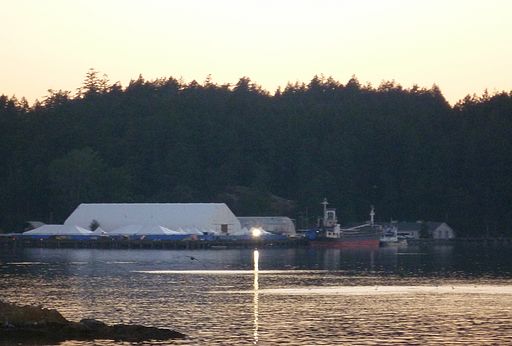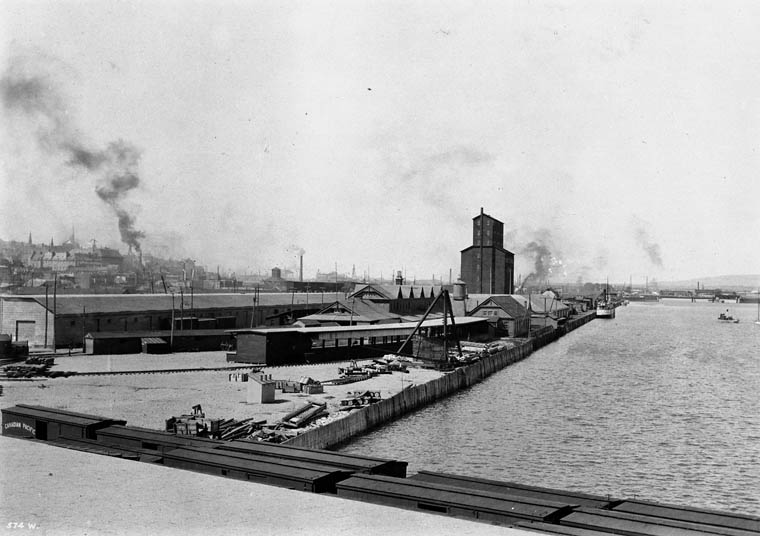Immigration holding centres (IHCs) are part of Canada's immigration detention system. They are governed by the Immigration and Refugee Protection Act (IRPA). They are operated by the Canadian Border Services Agency (CBSA). IHCs detain people considered to be flight risks or danger to the public. They can also detain people without proper documentation or those awaiting deportation. IHCs often do so for prolonged periods without clear legal justification.
Overview
In the 1980s and 1990s, Canada received increasing numbers of asylum seekers and irregular migrants. There were political concerns over unauthorized entry and refugee claims. The 9/11 attacks also prompted greater concern regarding border security. As part of its immigration policy shifts, Canada created the use of IHCs for immigration detention purposes.
IHCs are located in several provinces, including Ontario, Quebec and British Columbia. They exist to accommodate the growing needs of immigration enforcement. The CBSA-operated IHC in Laval, QC started operating in 1996 and the one in Richmond, BC in 1999. The Toronto CBSA IHC opened in 2004. They house individuals awaiting hearings, deportation, or status resolution. As of 2016, IHCs vary in capacity, ranging from around 70 to 183 beds.
Concerns and Challenges Regarding IHCs
Many have expressed criticism over IHCs’ conditions and treatment of detainees.
Physical Conditions
People have heavily criticized IHCs for their prison-like conditions. Detainees are confined in secure areas surrounded by fences or barbed wire. There are also strict controls on communication with the outside world. For instance, there are limits on phone use and visitor access. An Amnesty International and Human Rights Watch report has highlighted overcrowding, inadequate healthcare and inadequate living conditions in IHCs. These factors exacerbate detainees' suffering.
Access to Services
Access to healthcare and legal support remain a critical issue in IHCs. Detainees experience delays and inadequate medical and psychological care. There’s a notable lack of gender-sensitive services, including for pregnant women. (See also Gender Equity.) Limited access to legal counsel further prolongs detention for many people.
Children in IHCs
Children can be detained in IHCs under the Immigration and Refugee Protection Act (IRPA). This contradicts Canada’s international obligations, such as the United Nations Convention on the Rights of the Child. Detaining children can cause both short- and long-term psychological harm. This impacts their emotional well-being and disrupts their development.
Future Improvements in IHCs
IHCs have made some progress. There are now limits on the detention of minors and better oversight mechanisms on detention. Critics argue that further improvements are needed. This is to ensure that detention in IHCs is truly a last resort. They also argue that detainees need to be treated with dignity, respect and fairness.
In 2016, the federal government introduced the National Immigration Detention Framework to improve the immigration detention system. Notably, the government allocated $138 million over five years to improve the physical conditions of IHCs. Additionally, the government expanded the Alternatives to Detention (ATD) program. ATD measures include community supervision and electronic monitoring programs. These efforts aim to, among other things, address concerns about overcrowding, inadequate facilities and harsh conditions faced by detainees.

 Share on Facebook
Share on Facebook Share on X
Share on X Share by Email
Share by Email Share on Google Classroom
Share on Google Classroom



